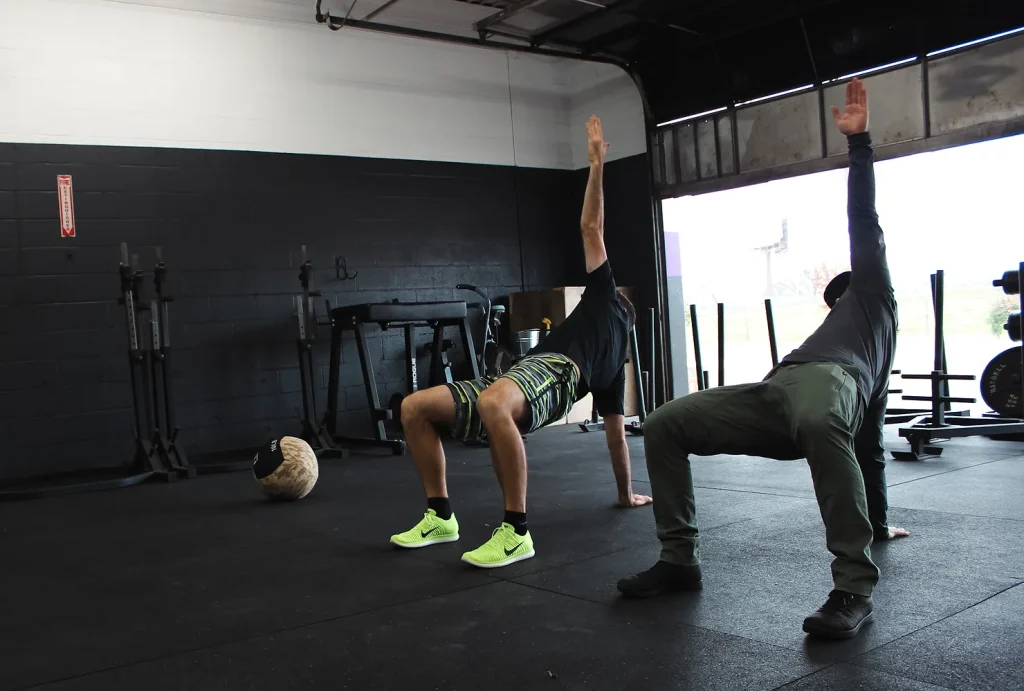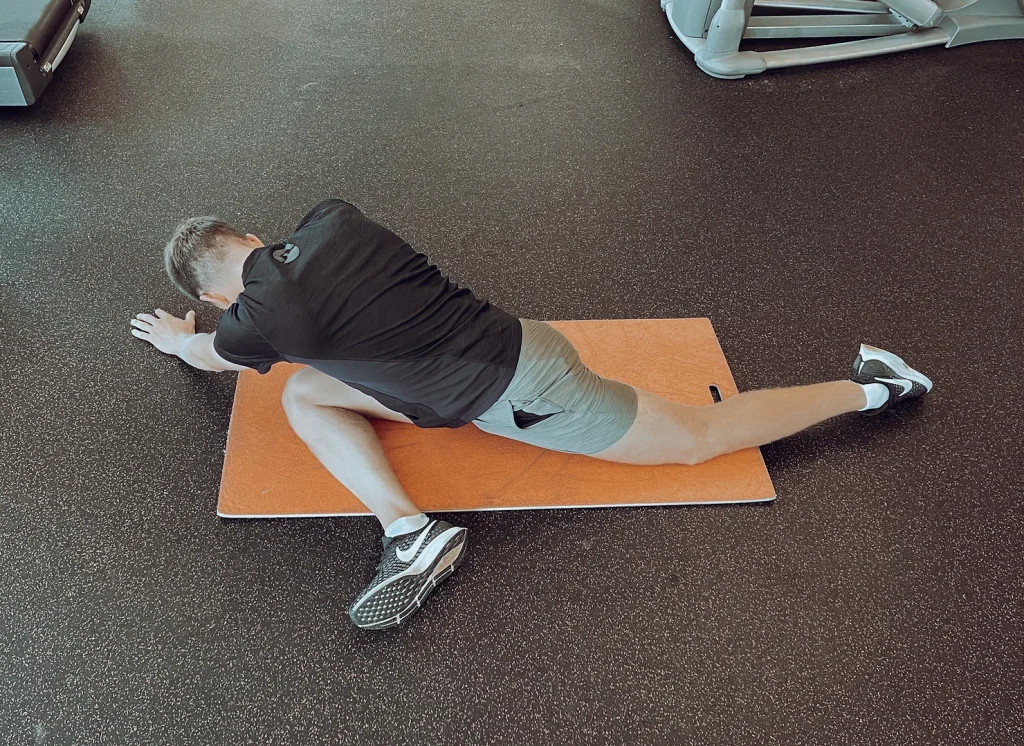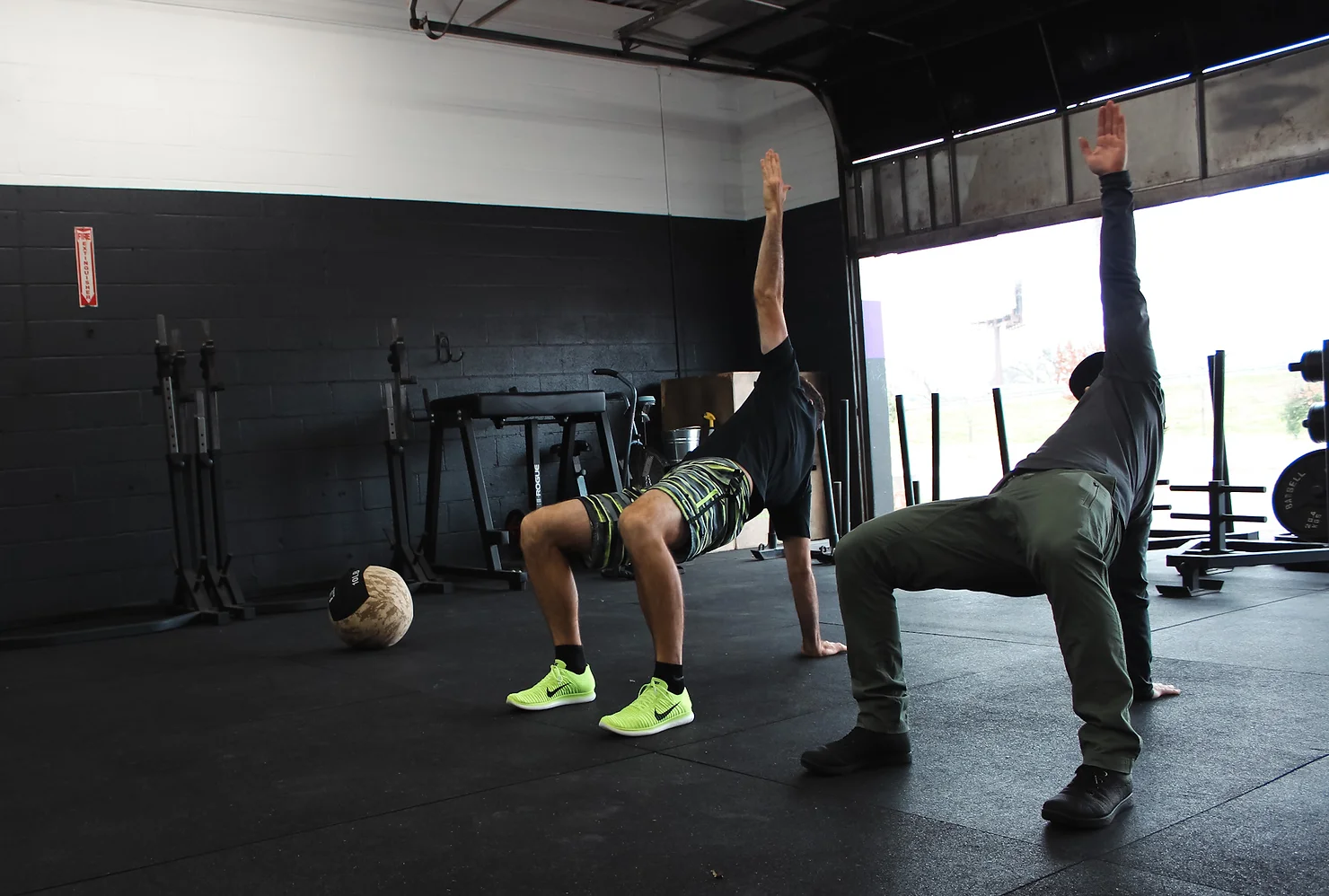I want to talk about mobility. It is perhaps the most overlooked aspect of physiology on the PGA Tour – by the players themselves and perhaps by golf fans, too. But it’s so important. Mobility completely underpins the ability a golfer has to make a complete swing, consistently. Good golfers are generally blessed with mobility, especially the elite players on the PGA Tour, but some are more blessed than others.

When I’m explaining mobility, I often describe two different body types even though there are variety of body types that produce varying degrees of natural mobility. But to paint a clearer picture, I’ll just describe the two body types at either end of the mobility spectrum.
The first body is the hypermobile athlete, the extremely flexible type. Think Dustin Johnson, with his tall, slim physique and the positions he’s able to get himself into during the golf swing. When Dustin’s getting into his backswing, his left shoulder pulls across the body and his ribcage rotates completely to the right. He’s able to load effortlessly into that right side and generate an easy 65 degrees of an internal hip rotation. He’s also got the big, long levers and extreme wrist flexibility, which helps him hold off his shut face position and also to generate speed down the bottom. He’s an amazing athlete.

The second body type is hypomobile, or the inflexible type. Think Francesco Molinari. Hypomobile athletes don’t have the same range of motion and their muscle lengths are quite short. They usually make a very tight, compact swing. They’re always fighting their physical restrictions.
Molinari is a perfect example of the stout body. It’s quite stiff-looking, but he’s perfected his golf swing for his range of motion. The goal of a golf swing, from a physiological standpoint, is to dissociate the upper torso from the lower half of the body in transition to the downswing. For someone like Molinari, it looks more difficult than a hypermobile athlete. Naturally speaking, you would expect guys like Molinari to have a reduced range of motion in the hips, and in his major muscle movers like the quads and hamstrings. I’m guessing his thoracic spine is quite tight in flexion also. When you have that kind of limitation, it’s harder than, say, DJ to get a full and effortless repeatable swing time after time.
From what I’ve seen, a hypermobile athlete like DJ would have to do a lot of correctives and toothbrush exercises to try and maintain stability rather than any mobility exercises. Because DJ has lots of range, he needs to be able to make sure that his tendons, ligaments and soft tissue system are able to remain active and in a stabilising role. For the hypomobile athlete like Molinari, who hasn’t got that same large range of motion, they do not necessarily have to do a lot of the stabilising work, because a lot of their soft tissues are already sort of tight and active around the joints. Instead, they have to do more mobility exercises to increase their range of motion. Then once they extend that range, they have to develop strength at end range to maintain it. It’s much more complex than hypermobile athletes.
There are pros and cons to both body types, and both have to work on their deficiencies. They’re all incredible athletes to be able to make it to the PGA Tour. They are all different, physiologically, but they’re able to play similar levels of elite golf. And that’s what makes professional golf so great to watch – and for trainers to work with.
Cheers, Nic Catterall

About Nic Catterall/Peak Power Golf
Nic Catterall is an Australian high-performance coach, specializing in strength and conditioning, musculoskeletal therapy and sports science, for professional golfers on the PGA Tour in the U.S.A. Nic works with Cam Smith, Luke List, Matt Jones, Dylan Frittelli and Hank Lebioda. Nic created the Peak Power Golf company to educate about the athleticism of golfers and what they are capable of. Peak Power Golf provides online training, athlete mentoring and athlete assessments.


Leave a Reply